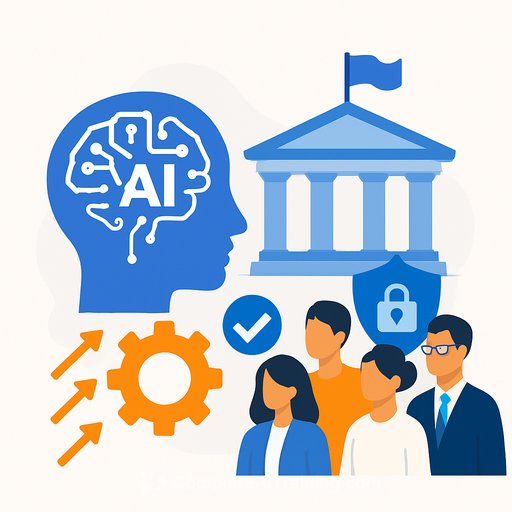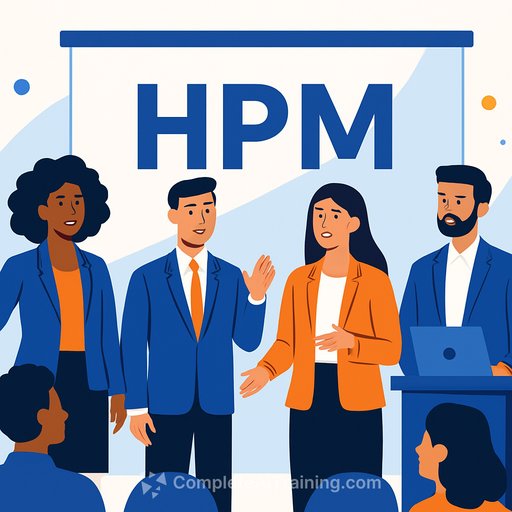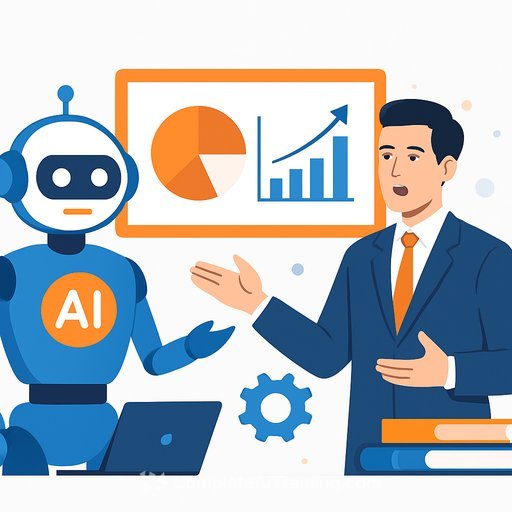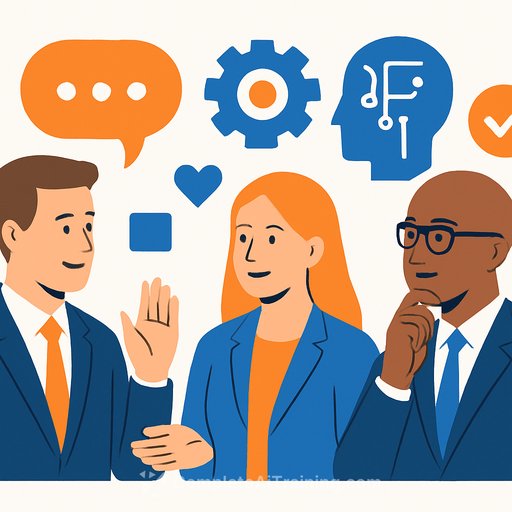Leading the AI transformation in government HR
Public sector HR is under pressure: deliver outcomes with fewer people and smaller budgets. AI can take on repeatable work, but that only pays off if HR equips people for the strategic, creative, and judgment-heavy work only humans do.
The window to act is getting smaller. Here's a clear path for HR leaders to move fast, reduce risk, and set up their agencies for the next decade of work.
1) Embrace the cloud
Cloud HCM platforms fix what legacy systems can't: fragmentation, slow updates, and heavy hardware upkeep. Consolidating onto a single, modern platform frees IT time and gives HR better data, faster processes, and a foundation for AI.
- Prioritize FedRAMP-authorized solutions and a clear migration plan for core HR, payroll, and talent modules.
- Kill shadow systems. Map every spreadsheet and bolt-on workflow, then replace or retire them.
- Set service-level expectations up front: uptime, support, roadmap access, and data portability.
2) Simplify security and compliance
Threats move fast. Manual patching and stitched-together controls won't keep up. Modern cloud platforms bring zero-trust principles and continuous updates by default, shrinking your attack surface and audit burden.
- Adopt zero-trust architecture for HR data and access. See NIST's guidance on zero trust for reference: NIST SP 800-207.
- Automate audit evidence. Tie identity, role-based access, and logs directly into compliance reporting.
- Set clear data retention, encryption, and third-party risk standards with vendors on day one.
3) Master the digital workforce
AI in HCM is no longer just chatbots. Autonomous agents can draft policies, screen candidates against skills, schedule interviews, write onboarding plans, and orchestrate workflows end to end.
If HR doesn't lead, IT will. Treat AI agents as digital employees with standards and accountability.
- Onboarding: define authorized tasks, access levels, and handoff rules to human reviewers.
- Training: provide prompts, playbooks, and examples; update them as policies change.
- Performance: track accuracy, cycle time, exceptions, and outcomes; set thresholds for human-in-the-loop.
- Risk: require traceability, bias checks, and clear escalation paths for sensitive decisions.
4) Reimagine talent strategies
Static job descriptions don't fit work that changes by quarter. Move to skills-based planning so you can redeploy people quickly and target reskilling where it matters.
- Build a skills inventory for current staff. Map skills to mission priorities and projected gaps.
- Shift hiring from degree-first to skills-first. See federal guidance on skills-based hiring: OPM Skills-Based Hiring.
- Stand up AI fluency for HR and managers: prompt writing, evaluation frameworks, and risk basics.
- Use microlearning and certifications tied to roles. Curate clear learning paths by job family. Example: AI courses by job.
5) Transform business, not just technology
New software isn't transformation. Redesign how work happens, then use tech to make that design real. A target operating model (TOM) forces the conversation from features to outcomes.
- Define future roles (human and digital), decision rights, and service delivery for HR and hiring managers.
- Redesign processes for straight-through flow with sensible human checkpoints.
- Instrument every step: time to fill, quality of hire, skills coverage, employee sentiment, and cost per transaction.
- Run change like a product launch: clear owners, success metrics, and a 12-18 month roadmap.
90-day action plan
- Week 1-2: Inventory HR systems, integrations, and manual workarounds. Identify top three pain points.
- Week 3-6: Select a FedRAMP cloud HCM path; pilot an AI agent for one high-volume process (e.g., job posting drafts).
- Week 7-10: Stand up zero-trust access for HR data; document audit-ready controls and logs.
- Week 11-13: Publish a skills framework, launch an HR AI fluency sprint, and brief leadership on the TOM.
Looking ahead
Agencies that act now will get compounding benefits: faster hiring, better skills alignment, safer data, and teams freed up for higher-value work. Waiting means more rework later and fewer options.
AI will handle routine tasks. HR's job is to make sure people are ready for judgment calls, complex collaboration, and mission outcomes that matter. Lead the change, don't react to it.
Your membership also unlocks:






